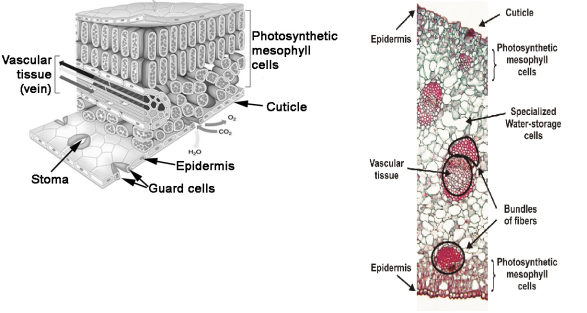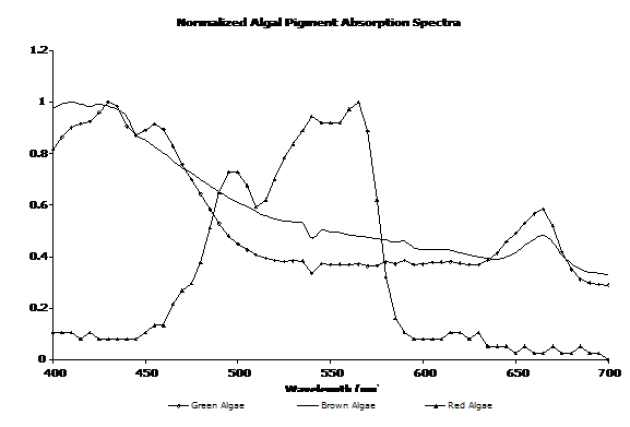Results
Describe the results of your chromatogram in paragraph form. Expected length is 2-3 full paragraphs.
In the “Description of results” section:
• A description the order in which the spots appear on the chromatograms (1 to 6, from bottom to top), the colors of each spot, and which pigments corresponded with each spot . (Base this upon the description of common features you wrote for Figure 1.)
• Describe the appearance of each leaf and the distinctive features of its chromatogram. Which pigment(s) occurred in each leaf type, and which types of pigments were most abundant? (Base this upon your summary of the results for Tables 1 – 4)
• Describe any other observations of the chromatograms that has importance to the interpretation of the results.
• When describing results, be sure to the Figures and tables in which the results are presented. (e.g., “... as shown in Figure ”).
Figure and Tables
Include the page with your chromatogram securely taped in place and with the plant names and
pigment names labeled. You can use the Tables on the other side if they are neatly written; if not
retype them.
Leaf Structure:
you can find the following structure in the leaf (see also the figure):
Mesophyll cells. The mesophyll cells are the
photosynthetic cells of the leaf, capturing
sunlight and using the energy to convert CO2
into carbohydrates.
• Epidermis and cuticle. These are the
protective layers on the surfaces of the leaf.
The epidermis is composed of cells, and the cuticle is
a waxy layer on the surface that minimizes water loss.
• Stomata (singular = ‘stoma'). These are pores through
which gases (O2, CO2, and H2O) can move into and out
of the leaf. They are straddled by a pair of guard cells
that can open or close the pore under different
conditions.
• Vascular tissue. This is the tissue through which water
and nutrients pass into and out of the leaf to other parts
of the plant. Cells of the xylem carry water and
nutrients up from the roots, whereas carbohydrates
produced in the leaves are transported out in the
phloem.
• Fibers. Fibers are bundles of long, thick-walled
cylindrical cells that provide rigidity and support to
leaves of some plants.







